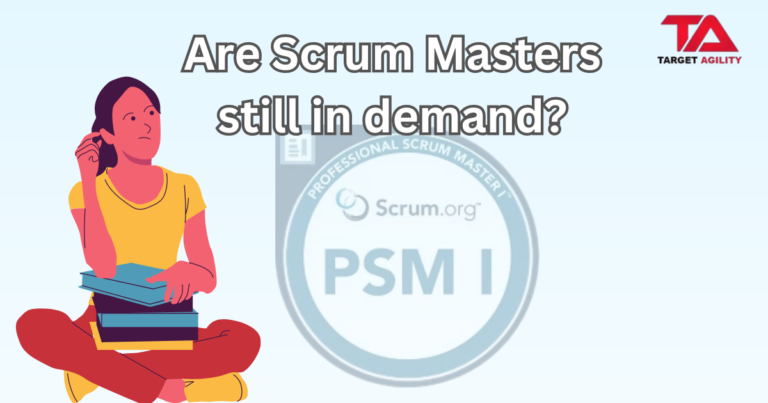The future of Scrum and agility is increasingly intertwined with Experiment-Driven Development (EDD), offering a powerful approach to innovation and adaptability within Scrum practices.
Enhanced Scrum Agility:
1.Scalable Scrum Practices: Beyond software development, scrum will continue to develop and find use in a variety of sectors, including marketing, education, and healthcare.
2.Scrum Beyond IT: Scrum’s tenets will spread beyond IT departments, permeating corporate cultures and strategies and encouraging adaptability at all levels.
3.Hybrid Methodologies: These strategies will become more popular and provide more flexible answers to challenging organizational problems. They blend Scrum with other Agile frameworks or methodologies.
Experiment-Driven Development with Scrum:

1.Culture of Experimentation:Scrum teams are going to adopt a culture of experimentation more and more, using the empirical character of Scrum to test theories and spur creativity.
2.Shorter Feedback Loops: Teams will be able to test hypotheses in less time by integrating experimentation into sprint cycles and using feedback to iterate quickly.
3.Data-Backed Decision-Making:Experiment-driven development in Scrum will rely on data analytics and insights, enabling teams to make well-informed decisions based on immediate feedback. This is known as data-backed decision-making.
Continuous Improvement and Adaptability:

1.Continuous Learning:Teams will put an emphasis on ongoing learning and adaptation, using feedback loops and retrospectives to improve procedures and methods.
2.Product creation that is Flexible: Scrum’s flexibility will be highlighted even more, enabling more adaptable product creation that quickly reacts to shifting market demands.
Technological Integration:
3.AI and Automation: When AI-driven tools are integrated with Scrum methods, workflows are optimized, processes are streamlined, and predictive analytics are provided for improved decision-making.
4.Blockchain and Security: Scrum teams’ approach to security and transparency in their development processes will be influenced by emerging technologies such as blockchain.
Challenges and Opportunities:
1.Cultural Shifts: A cultural transformation is necessary to embrace experimentation inside Scrum and create an atmosphere where failure is viewed as an opportunity for growth and innovation.
2.Balancing Risks:Teams must find a balance between encouraging experimentation and skillfully managing risks in order to prevent any unfavorable effects.
Conclusion:
Scrum agility and experiment-driven development will continue to thrive in the future if teams and companies can innovate, adapt, and cultivate cultures that value change and growth. In this context, Scrum is not just a framework but also a way of thinking that promotes innovation and ongoing improvement.









